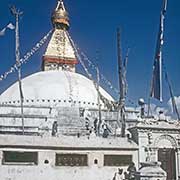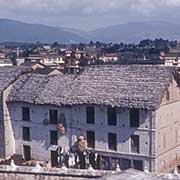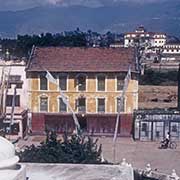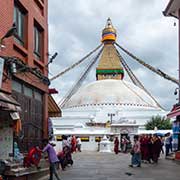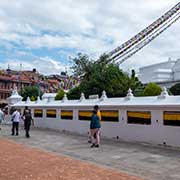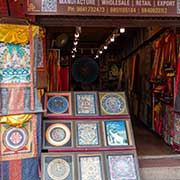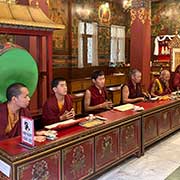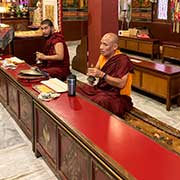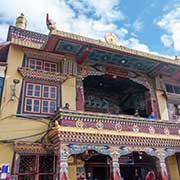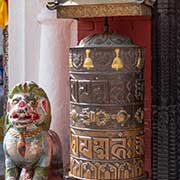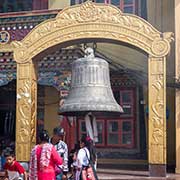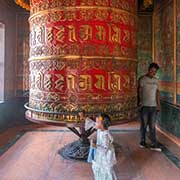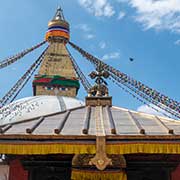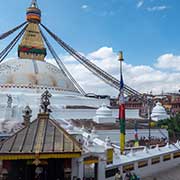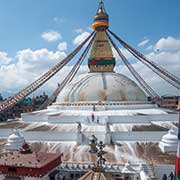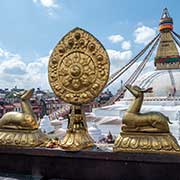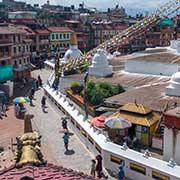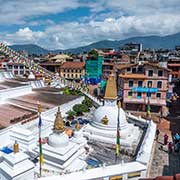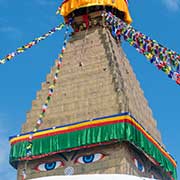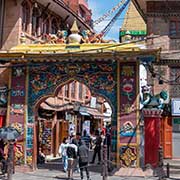Photos of Boudhanath stupa, a sacred site in Tibetan Buddhism, Nepal
Boudhanath stupa, a sacred site in Tibetan Buddhism
Boudhanath is one of the largest spherical Buddhist stupas in the world and one of the most sacred sites in Tibetan Buddhism outside of Tibet. It is about six kilometres northeast of the centre of Kathmandu and is located on the ancient trade route from Tibet. Historians date the current structure to around the 14th Century CE.
you may then send it as a postcard if you wish.
There are various accounts of how the stupa came into being. According to the Newar Buddhist history of Nepal, the place where the stupa now stands is where a chicken landed after being cast off by a prince from a hill where Sankhu Bajrayogini Temple now stands; this was a penance after he had unwittingly killed his father, King Vikramaditya, of the Licchavi kingdom (approx. 400 to 750 CE), in a human sacrifice. The prince built the stupa on this place, named Khaasti, meaning “dew drops”: people there at the time managed to survive the drought by collecting droplets of dew. For a long time the the stupa was known as “Khasti”, until renamed Boudhanath by the Nepalese government.
According to Tibetan Buddhist mythology, however, the original stupa entombs the remains of Kassapa Buddha, the last ancient Buddha, who lived long before the historical Gautama Buddha. When Tibetan Buddhism spread into Nepal in the 8th Century CE, Jyajhima, a widow, travelled from Lhasa with her four sons. The older woman interred the sage’s remains and covered it with a grand mound. The 15th-century “tertön” (a discoverer of ancient hidden texts) Shakya Zangpo came to search for the stupa but only found an abandoned mound. He restored it, and this is likely to have resulted in the stupa of the present size.
After the 1959 Tibetan uprising following the oppressive Chinese rule over Tibet, many refugees fled to Nepal and settled around Boudhanath. The Tibetan refugees constructed over 50 gompas (Buddhist monasteries) around Boudha. Jamchen Lhakhang (the Maitreya Temple) and the Guru Lhakhang, or Tamang Gompa, are situated next to the stupa. The earthquake of April 2015 badly damaged Boudhanath Stupa, and the whole structure above the dome and its religious relics were removed. Reconstruction occurred within a year, and the stupa was reopened on 22 November 2016.



